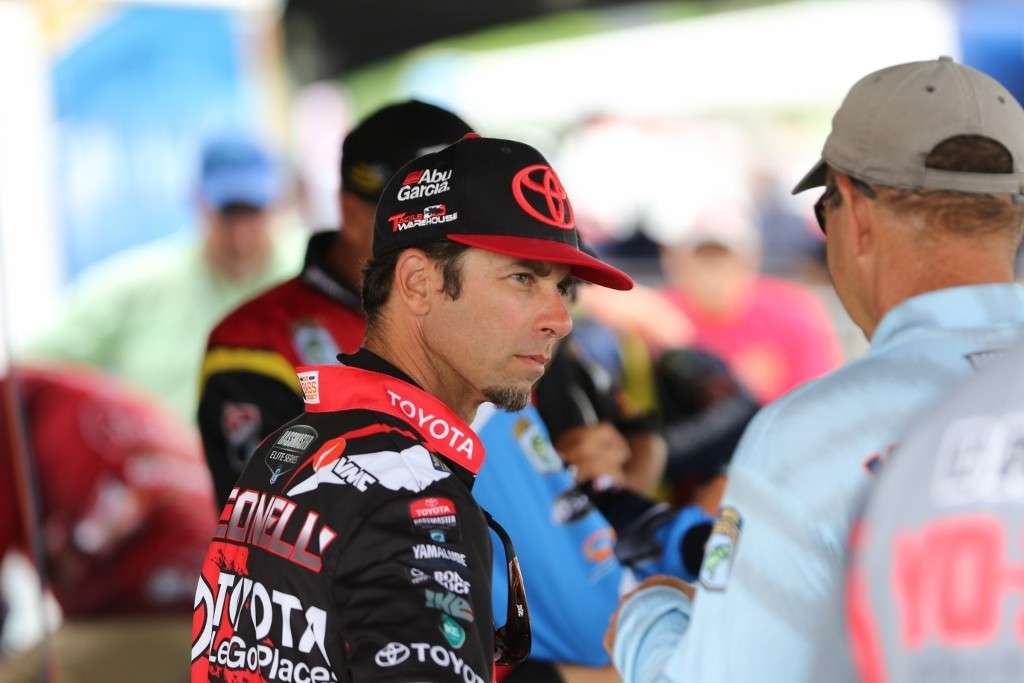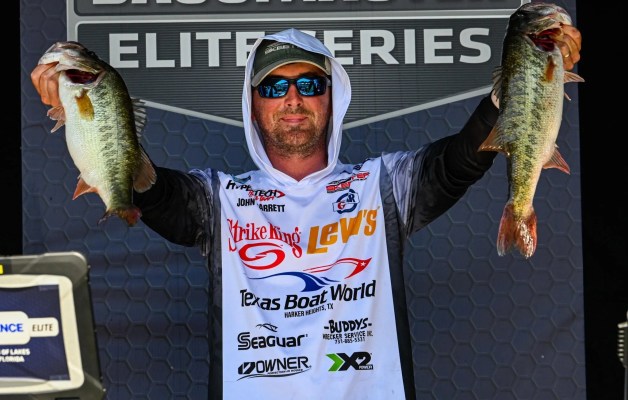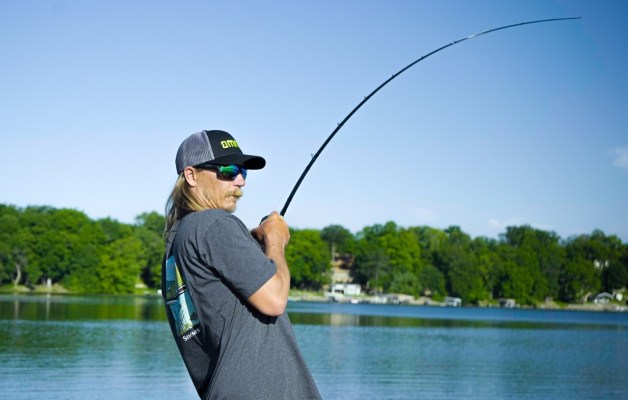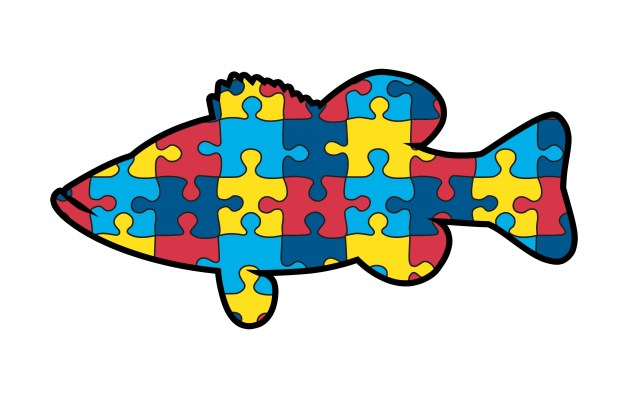
Dealing with a changing environment is one of the toughest things we do as bass anglers. And, one of the toughest changes is a fluctuating water level. It causes the fish to reposition and change their location while, at the same time, it forces us to change our target areas and our lures.
I call this issue chasing water because it’s not the fish I think about. It’s the water level.
Our recent tournament on Wheeler Lake is an excellent example of what I’m talking about. I had some fish marked on a bank in scattered grass. I was catching them with a Rapala DT6 crankbait. The water was rising fast, however. That moved the bass up into the flooded shoreline where I had trouble finding them — they scattered — or getting a bait to them.
The shoreline was an area where the bank sloped gently down for a long ways before it dropped off into a deep channel. It was perfect during practice, but it didn’t work when the water moved up. The bass followed the water up and ended up too shallow in all the shoreline cover.
I found some fish on another bank that was more suited to the rising water. It had scattered grass just like my first bank, but it was much steeper. When the water rose overnight the bass moved up but they didn’t go all the way to the bank, and they didn’t scatter. I was able to get to them with a shaky head rig.
The truth is that I should have had several of those steeper banks marked so that I had a good place to fish if the water level changed. It was a lack of planning on my part. I fished on Saturday but not on Sunday. There’s no doubt in my mind that if I’d have had another steep bank or two to fish on Saturday I’d have made the cut that night.
Everything I’ve said applies to dropping water just like it does to rising water, only in reverse.
The deal is that when your water level changes and the bass are relating to the bank you need to find a couple of places where the bank has a sharp drop to it. In a perfect world that would be around 45 degrees. The fish can move vertically up down those banks like they’re on a ladder without scattering and with just a little work you can find and catch them.
Of course, the same concept is good for offshore fish except that it’s usually not so much of a problem. Most offshore places will have enough water over them to allow the fish to move up or down on the structure. But, and this is really important, if you find one that doesn’t make sure you keep the movement thing in mind. Don’t ruin a tournament or fishing trip because you didn’t plan for change.
Fish are living creatures that respond to their environment and their environment is always changing. We have to respond with them if we expect to be successful.
Mike Iaconelli’s column appears weekly on Bassmaster.com. You can also find him on Facebook and Twitter or visit his website, mikeiaconelli.com.





